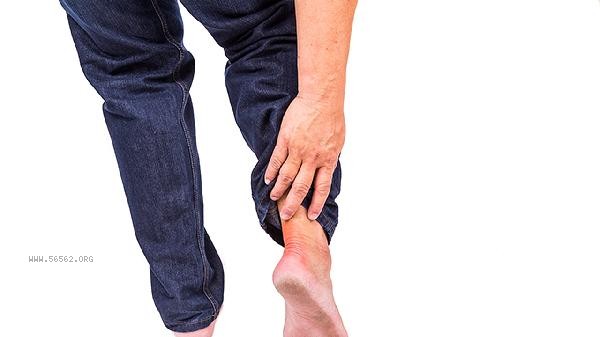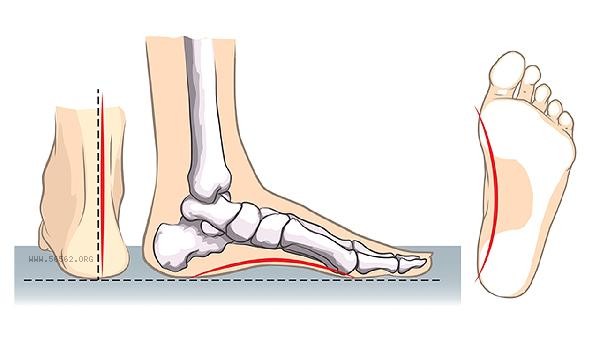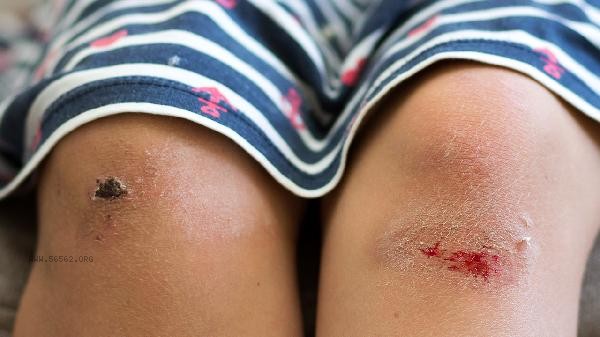Slow jogging with toes in place may cause foot fatigue and joint damage, but mastering the technique correctly can reduce the risk. This running posture provides strong stimulation to the calf muscles, and long-term incorrect posture may lead to Achilles tendinitis or plantar fasciitis. When jogging with toes in place, the body weight is concentrated in the forefoot, which can easily cause excessive load on the metatarsal joints. Continuous tension in the triceps may induce muscle spasms, and individuals with insufficient ankle stability may be at risk of sprains. Lack of arch cushioning during running may exacerbate discomfort for people with flat feet. Due to the lack of normal flexion and extension movements in the knee joint, increased friction on the patellar joint surface may cause pain. Some people may experience excessive grip on the toes, leading to compression of the interdigital nerves.

In special circumstances, it may worsen hallux valgus deformity or induce stress fractures. Diabetes patients with peripheral circulation disorders may aggravate foot ischemia symptoms. Patients with osteoporosis are prone to minor fractures when their trabecular structure is fragile. People with Achilles tendon shortening or contraction may exacerbate tendon inflammation reactions. Individuals with a history of lumbar disc herniation may experience lower back pain due to inadequate compensation of the core muscle group.

Before jogging on tiptoe, it is recommended to fully warm up the ankle joint and calf muscles, and use them in conjunction with arch support insoles. It is advisable to control the duration of a single training session within 20 minutes, and adjust it by incorporating a full foot running posture. After training, it is necessary to stretch the Achilles tendon and relax the plantar fascia. If there is persistent pain, exercise should be stopped and medical examination should be sought. Individuals with a larger weight base can first lose weight through low impact exercises such as swimming, and then try this type of training. Daily strengthening of the tibialis anterior muscle strength training can balance the anterior and posterior calf muscle groups, and attention should be paid to supplementing calcium and vitamin D to maintain bone health.







Comments (0)
Leave a Comment
No comments yet
Be the first to share your thoughts!